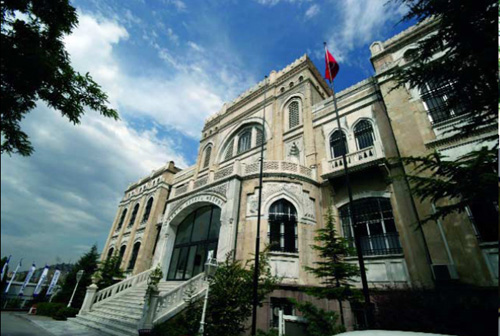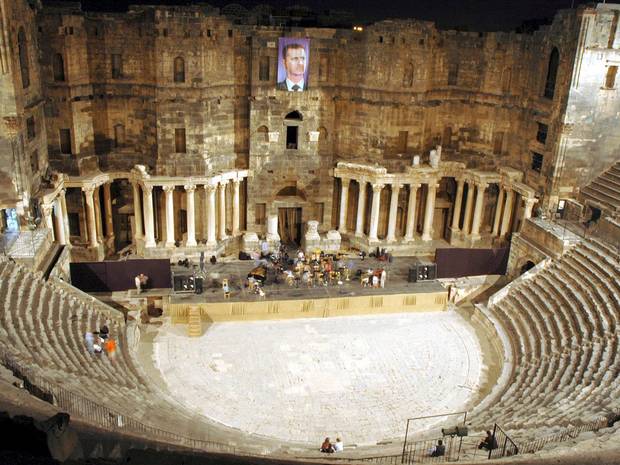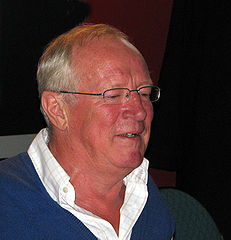 No sooner had I written about the looting and destruction of cultural heritage troubles in Syria  this week than the last lines of the article to which I referred, Syria’s ancient treasures pulverised by Robert Fisk, came to mind:
No sooner had I written about the looting and destruction of cultural heritage troubles in Syria  this week than the last lines of the article to which I referred, Syria’s ancient treasures pulverised by Robert Fisk, came to mind:
This is why it is so important to have an inventory of the treasures of national museums and ancient cities. Emma Cunliffe, a PhD researcher at Durham University, published the first detailed account of the state of Syrian archeological sites in her Damage to the Soul of Syria: Syria’s Cultural Heritage in Conflict, listing the causes of destruction, the use of sites as military positions and what can only be called merciless looting. Much of her work has informed the studies of archaeologists like Farchakh.
Then I read about a situation in Turkey, where the Hurriet Daily News published an article on Aug. 8 headlined, Ministry Admits Grand Theft from Art Museum. That article began:
Over 200 works of art are presently missing from Ankara’s State Art and Sculpture Museum, according to a report from the Culture and Tourism Ministry, which has pinned the blame for the losses on Turkey’s 1980 coup d’etat.
A recent report by the ministry, which was later shelved away from public view to avoid a possible backlash, claims that 46 pieces from the museum’s catalog were stolen and replaced with fake replicas, daily Milliyet reported. The authenticity of 30 more art works is also “highly suspicious,†according to the report.
Some 202 art works, now “missing,†are priceless works of art belonging to Turkish artists such as Şevket Dağ, Şefik Bursalu, Hikmet Onat and Zühtü Müridoğlu, among many others.
To which the minister replied:
The Ankara State Art and Sculpture Museum was founded in April 1980 and left significantly unattended and managed inadequately as a result of the Sept. 12 [1980] coup. During this time, the museum records were not kept, healthy inventory work was not done and necessary minimum precautions were not taken.
I’m with Fisk on this. The fact is, museums around the world, don’t have or don’t use good inventory systems and many lack the money to record what they own. I don’t know who has the money to support this, but it would be nice if some rich collector decided to begin to tackle the job, perhaps through the World Monuments Fund. I know, it’s difficult and some countries don’t want help. But others do.
Even in the U.S, some museums lack complete inventories. We’ve seen several recent cases where museums suddenly “find” things they barely know they have: for example here (where Yale found a Velazquez in storage) and here, where the Cincinnati Art Museum rediscovered its collection of musical instruments.
 Photo Credit: Ankara museum, courtesy of the Turkish Ministry of Culture and Tourism


